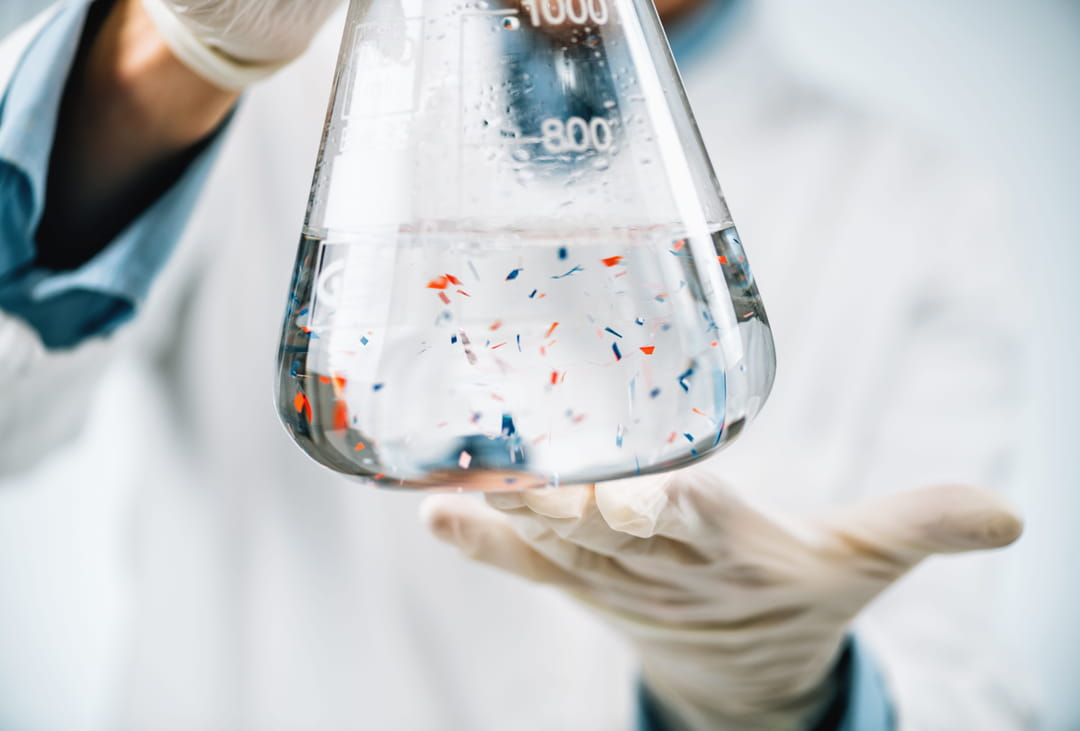Researchers have developed a process to clean water of plastic particles.
Plastic is everywhere. Because of our consumption habits, this material is present in our cupboards as well as in the most remote corners of the planet. They are even found frozen in the ice of the Arctic Ocean. But recently, a number of studies have found that micro- and nanoplastic particles are also found in our blood, lungs, liver and kidneys.
And although it is not known how harmful they are to humans, the list of effects caused by long exposure to these particles is growing as research increases. Cancers, diabetes, hormonal problems, respiratory or cardiovascular failure are all chronic diseases which could one day be attributed to these tiny particles which surround us and which we ingest daily because of the packaging of food products.

However, researchers from the University of Missouri in the United States have just developed a method to extract 98% of these nanoplastics from water. The technique seems simple, but it is the result of long-term research work. “Our strategy is to use a small amount of natural solvent to absorb plastic particles from a large volume of water,” explains Gary Baker, associate professor in the Department of Chemistry at the University of Missouri.
The maneuver actually consists of adding a certain dose of this hydrophobic liquid to a volume of water. The two liquids, once emulsified, would separate – like when you mix water and oil – and the solvent would rise with the microplastics. It will then be enough to skim off the solvent layer to obtain “pure” water without pollutants.
To achieve this result, the researchers still had to create this solvent, the full capabilities of which they have not yet fully understood. This is an important step forward which could perhaps improve the health of populations, while the abandonment of plastic products does not yet really seem to be on the agenda. Future research must focus on methods of recycling these solvents so that they are not single-use.
For consumers, this means that it is not tomorrow that they will be able to adopt this new way of filtering water. However, there are already water filters that use carbon principles to remove plastic particles from water. Their effectiveness is, however, limited in comparison with this new extraction method.
